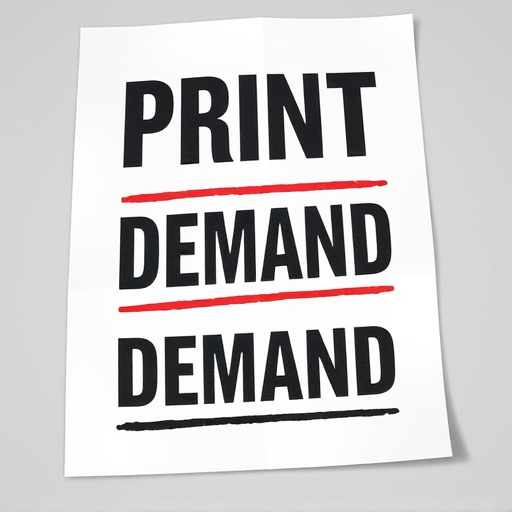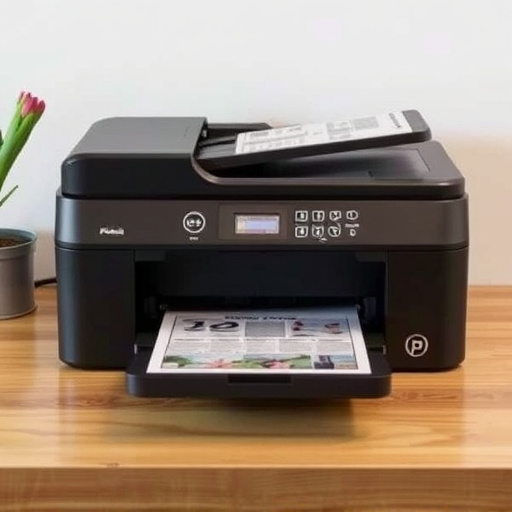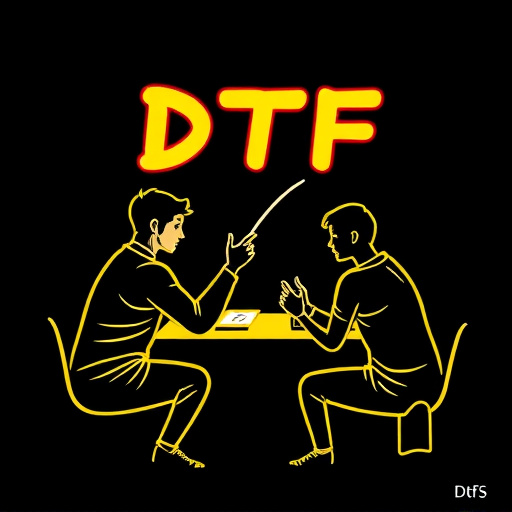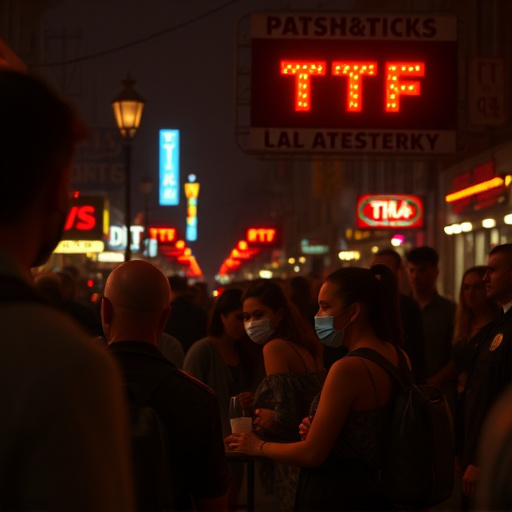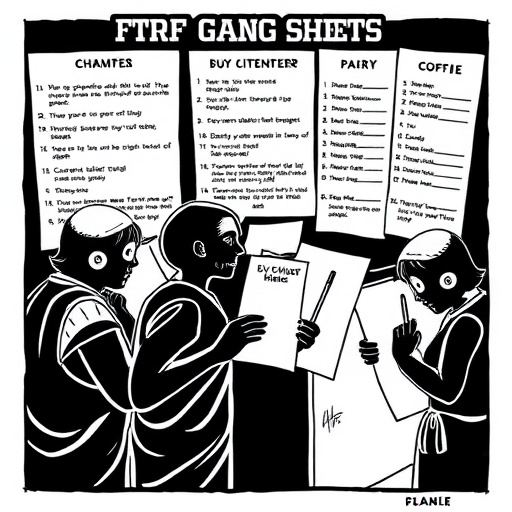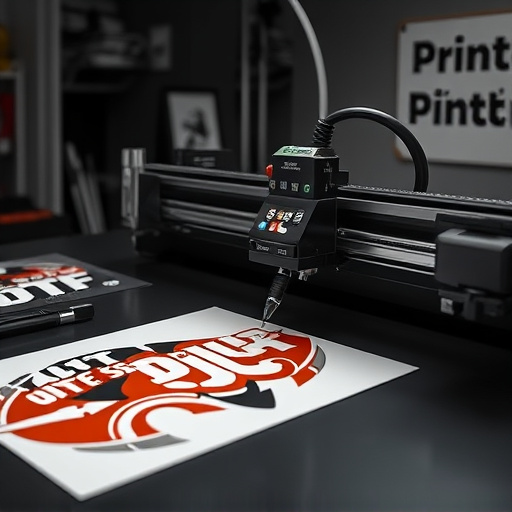By 2025, the DTF Custom Apparel market is set for a significant shift driven by consumer demand for bulk production, technological innovations like heat press technology, and sustainability trends. Personalized hoodies with vibrant designs gain popularity, while eco-friendly practices, such as cold peel transfers, meet growing environmental concerns. The market's maturity ensures a diverse range of DTF Custom Apparel options catering to modern style and consumer preferences.
“The DTF custom apparel market is set for a stylish transformation in 2025, with trends that blend innovation and individual expression. This article delves into the evolving landscape of direct-to-consumer (DTF) apparel customization, highlighting key styles and technologies shaping the industry. From cutting-edge printing techniques to sustainable materials, we explore consumer preferences and market insights driving a new era in personal fashion. Get ready to discover how DTF custom apparel is revolutionizing personal style.”
- Exploring DTF Apparel's Evolution in 2025
- Key Trends Shaping Customization and Style
- Market Insights: Consumer Preferences and Innovations
Exploring DTF Apparel's Evolution in 2025
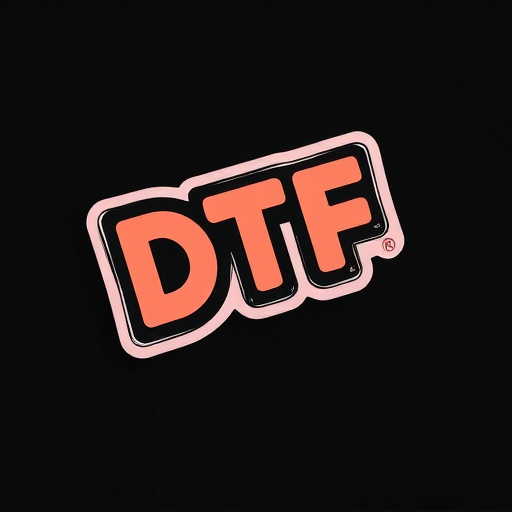
The year 2025 marks a significant turning point for the DTF Custom Apparel market, showcasing a dynamic evolution in consumer preferences and technological advancements. This trend-setting shift emphasizes sustainability, personalization, and innovative production methods. One notable development is the growing demand for bulk DTF shirt production, where brands and individuals alike seek efficient, cost-effective solutions to create custom designs at scale.
Heat press technology continues to be a game-changer, enabling intricate and precise printing on various fabrics, from classic tees to trendy hoodies. Direct to film personalized hoodies, for instance, offer unparalleled detail and vibrancy, catering to those seeking unique, statement pieces. As the market matures, we anticipate even more diverse options, ensuring that DTF Custom Apparel remains a vibrant and ever-changing landscape.
Key Trends Shaping Customization and Style

The DTF Custom Apparel market is experiencing a dynamic shift, driven by evolving consumer preferences and innovative production techniques. Key trends shaping customization and style include a growing demand for custom t shirts that reflect individual expressions and unique designs. The rise of digital technologies, such as direct-to-garment (DTF) printing, has revolutionized the way apparel is personalized, enabling intricate patterns and vibrant colors with ease. This technology, known as DTF transfer, offers unparalleled precision and efficiency, making it a preferred choice for both small businesses and large-scale producers.
Additionally, sustainability is emerging as a significant factor in DTF Custom Apparel trends. Consumers are increasingly conscious of the environmental impact of their purchases, leading to a rise in eco-friendly materials and production methods. This shift towards sustainability, coupled with the desire for personalized styles, presents an exciting opportunity for brands to innovate and cater to the evolving needs of the market.
Market Insights: Consumer Preferences and Innovations
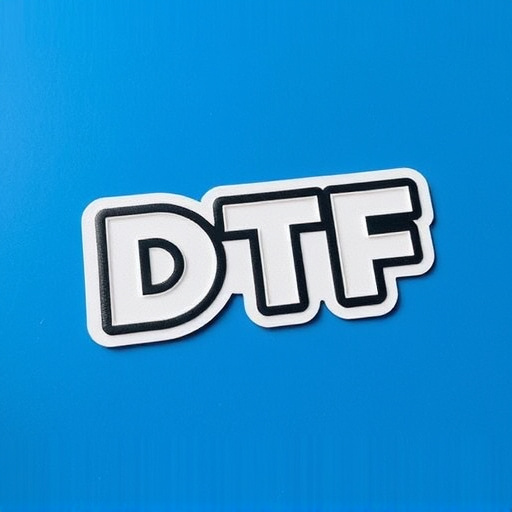
The DTF Custom Apparel market is poised for significant growth in 2025, driven by evolving consumer preferences and technological innovations. Today’s consumers are increasingly seeking unique, personalized apparel that reflects their individuality and style. This shift towards customization has led to a surge in demand for Direct-To-Garment (DTF) printing techniques, enabling the creation of one-of-a-kind designs on various garments, from t-shirts and hoodies to accessories. DTF printing for hoodies, for instance, has become particularly popular due to its ability to produce high-quality, vibrant graphics with a soft, comfortable finish.
A key trend shaping this market is the adoption of eco-friendly materials and processes. As environmental consciousness grows, consumers are demanding sustainable options, prompting manufacturers to explore alternatives to traditional printing methods. Cold peel DTF transfers, for example, offer a more environmentally friendly approach by reducing waste and the need for harsh chemicals. This shift towards sustainability aligns with the evolving preferences of conscious consumers, ensuring that the DTF Custom Apparel market not only meets their stylistic needs but also contributes to a greener future.
As we move into 2025, the DTF custom apparel market is poised for significant growth, driven by evolving consumer preferences and cutting-edge innovations. The trends outlined in this article highlight a shift towards personalized, unique styles, with an emphasis on sustainability and quick turnaround times. By leveraging advanced printing technologies and eco-friendly materials, brands are meeting the demands of modern consumers who appreciate both quality and ethical production. Embracing these trends will not only keep businesses competitive but also foster deeper connections with their target audiences, solidifying the future of DTF custom apparel.


